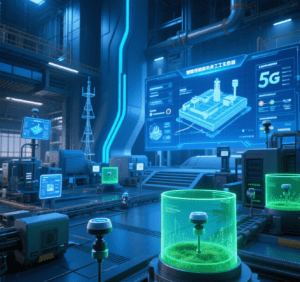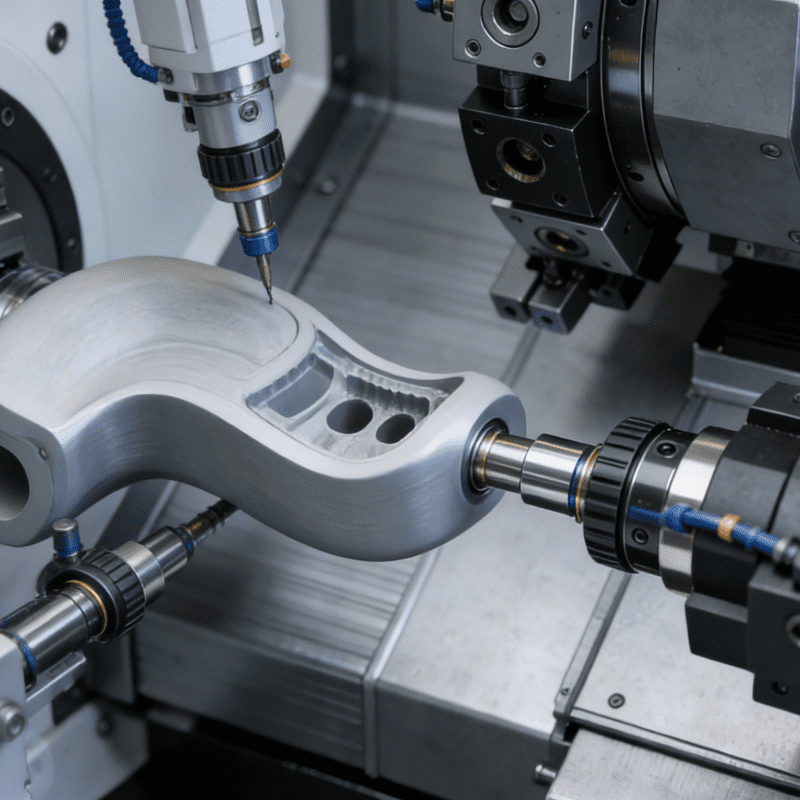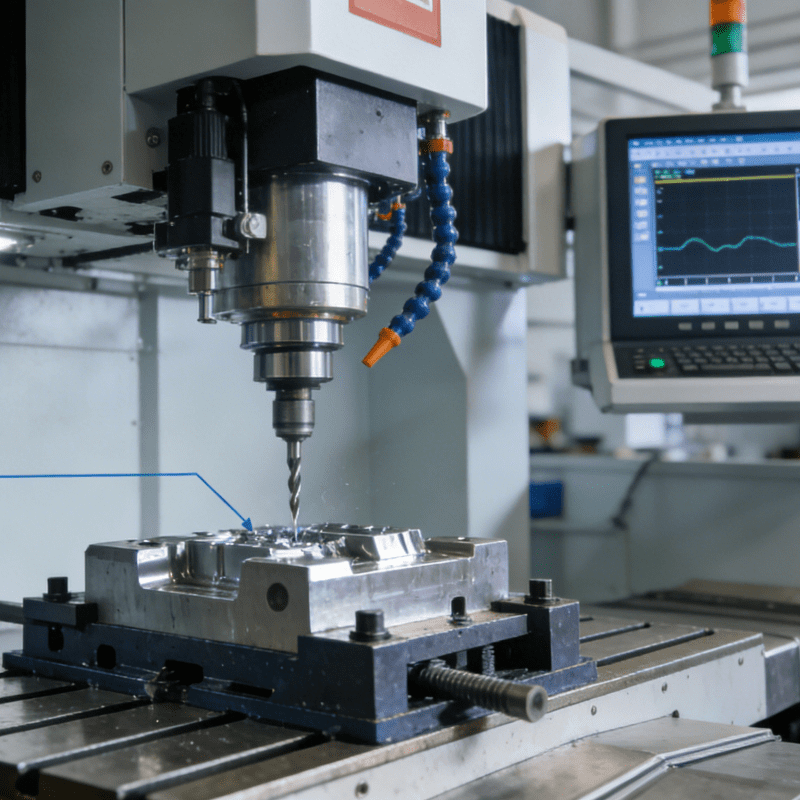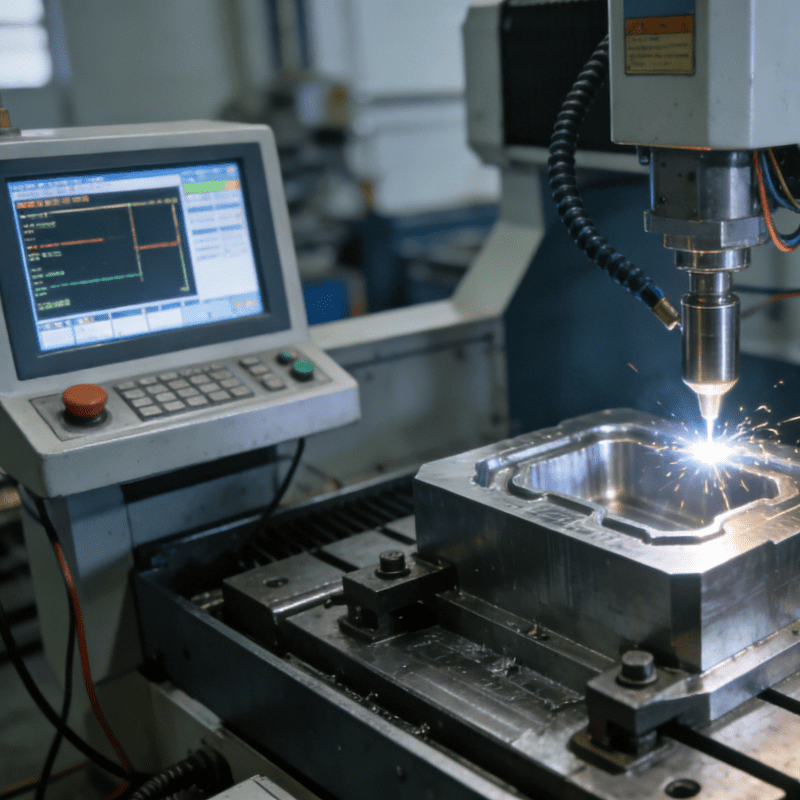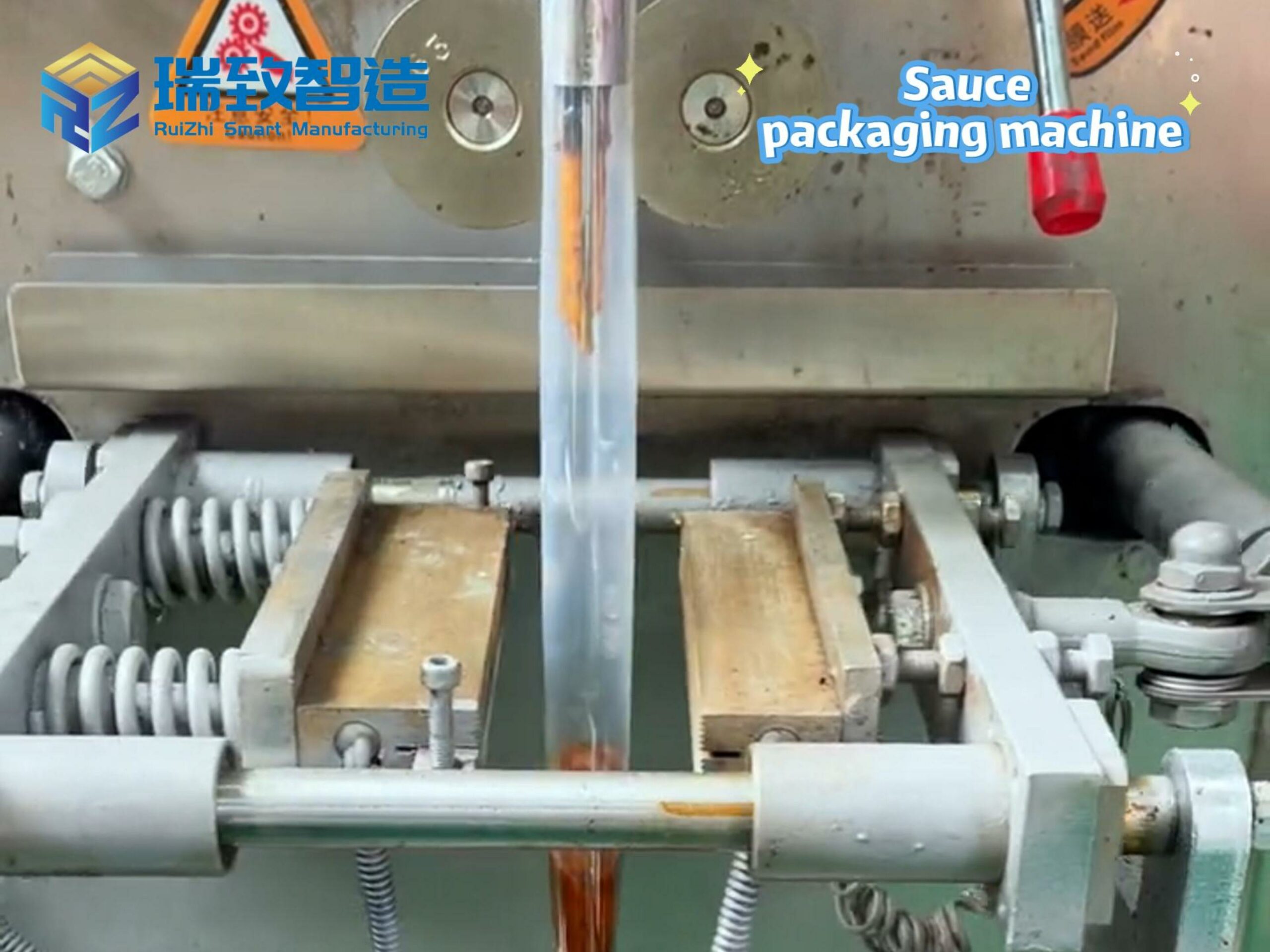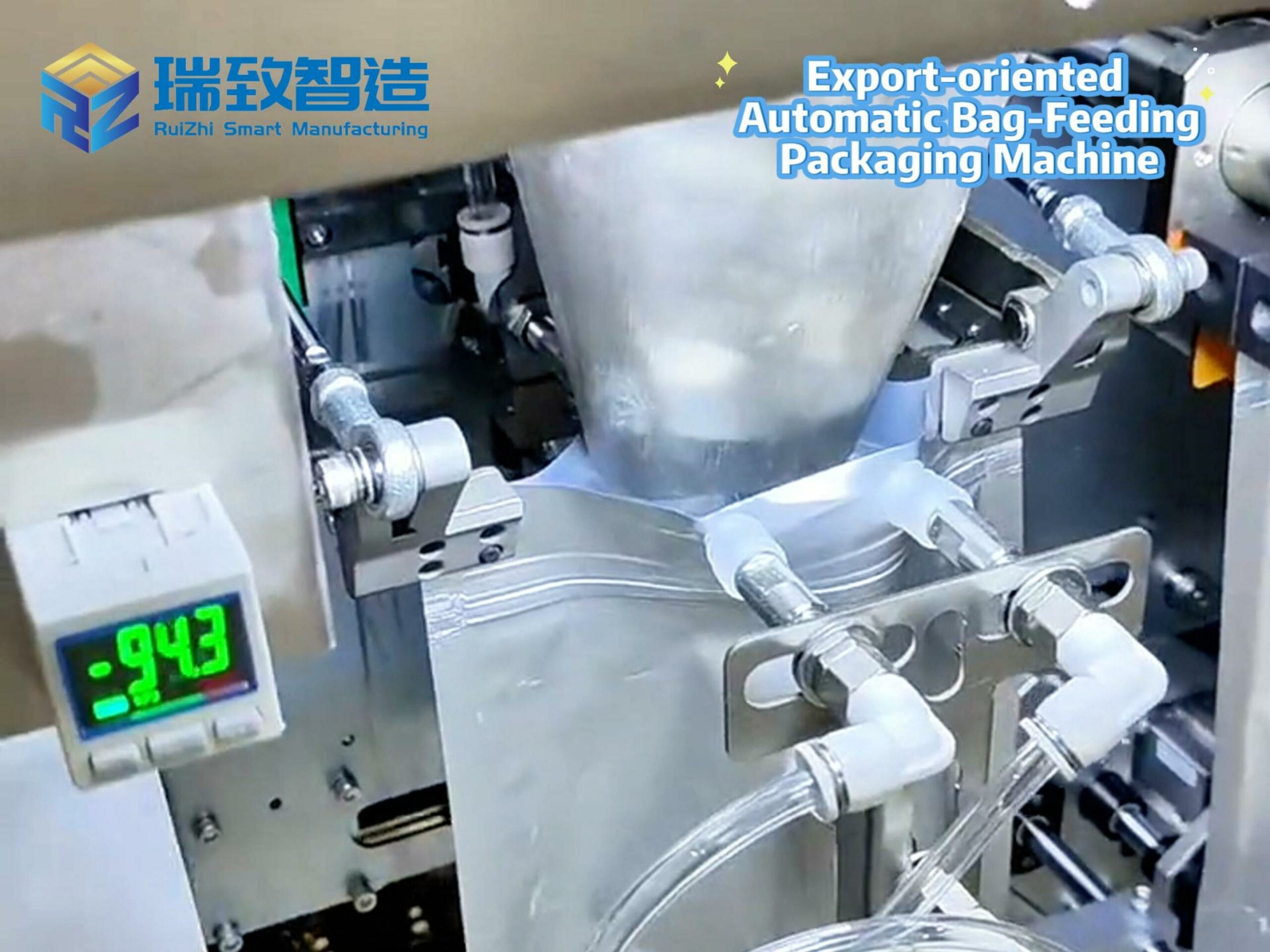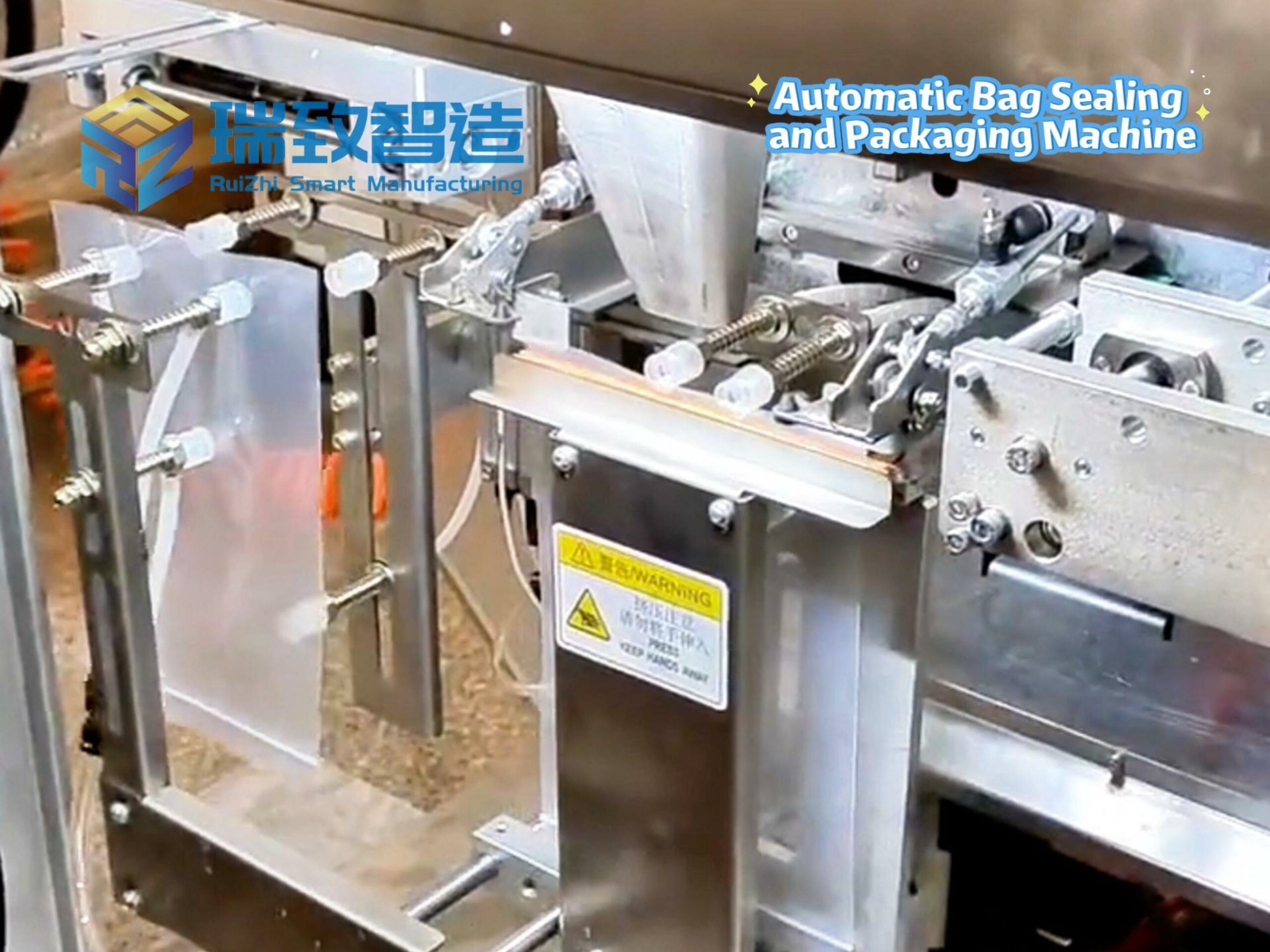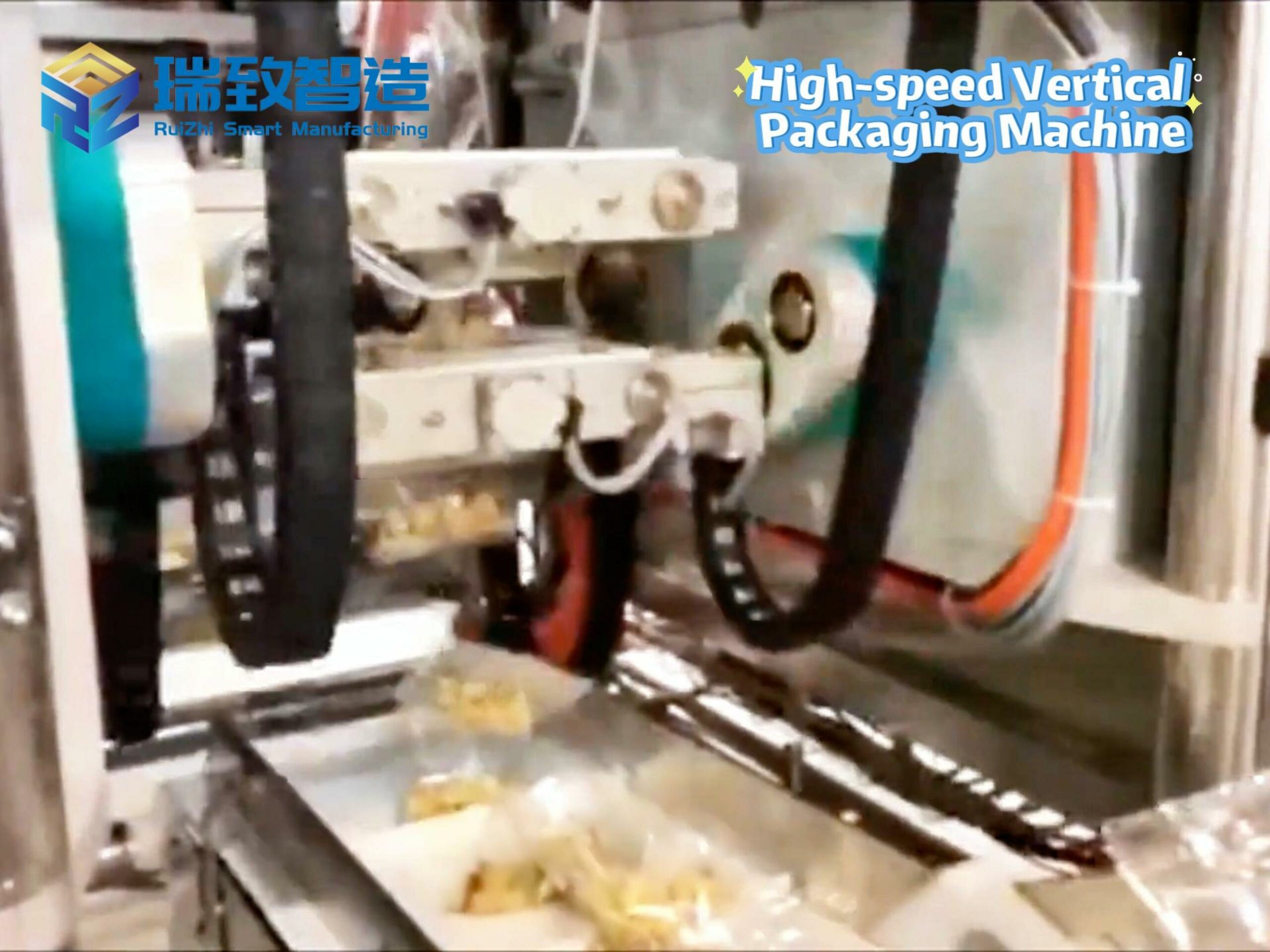Guide: Smart sensors are no longer just “auxiliary tools” but have become one of the indispensable infrastructures in modern industry. Integrating sensing, data processing, and communication capabilities, smart sensors can not only collect real-time data on the environment and equipment operation but also perform local computing and feed key data back to the central system for automatic responses.
In the current fast-paced and highly competitive industrial environment, “efficiency”, “precision”, and “safety” have become key words for enterprise operations. Manufacturers, factory operators, and various industrial enterprises are facing multiple challenges: they need to improve productivity, reduce operating costs, while ensuring high-quality standards and employee safety.
Against this backdrop, smart sensors are gradually becoming a game-changing key technology. As a core component of the Industrial Internet of Things (IIoT), these small yet powerful devices are profoundly affecting the way industrial systems are monitored, managed, and optimized, accelerating the intelligent transformation of industry.
Smart Sensors: Drivers of Industrial Innovation
Integrating sensing, data processing, and communication capabilities, smart sensors can not only collect real-time data on the environment and equipment operation but also perform local computing and feed key data back to the central system for automatic responses. This capability makes them not just “collectors” of information but also “accelerators” of decision-making.
Their direct benefits include:
Smoother operations: Through precise monitoring, potential problems are identified in advance, reducing unplanned downtime;
More scientific decision-making: Providing real-time and historical data to support management in making more informed decisions;
More controllable costs: Reducing maintenance, energy, and labor costs, and achieving a higher return on investment;
More reliable safety: Intervening before accidents occur to prevent costly failures or injuries.
Four Core Factors Driving the Application of Smart Sensors
Smart sensors are not a fleeting technological trend but an inevitable choice to meet the changing needs of modern industry. The following four key driving factors are promoting their rapid popularization in multiple industries such as manufacturing, oil and gas, water treatment, and energy:
1. Predictive Maintenance
Sensors can continuously monitor equipment operating status, detect early fault signals such as increased temperature, abnormal vibration, and insufficient lubrication, enabling maintenance teams to intervene in a timely manner before actual faults occur, significantly extending equipment life and reducing maintenance costs.
2. Enhancing Operational Safety
In hazardous working conditions, sensors can track indicators such as pressure, temperature, and harmful gases in real-time, and issue early warnings of abnormal conditions at the first time, effectively avoiding safety accidents such as explosions and leaks.
3. Improving Energy Efficiency
By analyzing energy consumption data, operators can dynamically optimize process flows, thereby reducing energy waste and achieving green manufacturing goals.
4. Ensuring Regulatory Compliance
With the improvement of environmental protection and safety standards in various countries, sensors provide automated, real-time, and traceable monitoring data, helping enterprises easily cope with audits and compliance inspections.
Typical Application Cases: Precise Monitoring and Efficient Operation and Maintenance
One of the most transformative areas of smart sensors is their wide application in flow monitoring and process control. For example, the high-precision smart flowmeters launched by Beijing Sevenstar Huachuang are widely used in high-demand fields such as semiconductor manufacturing and fine chemicals, and can accurately measure liquid and gas flows in high-temperature, high-pressure, or corrosive environments. Through in-depth integration with control systems, this data can be used to optimize process flows in real-time, improving equipment operation efficiency and production yield.
Similarly, industrial-grade smart sensors developed by institutions such as the Harbin Welding Institute, when used in conjunction with automated welding equipment, not only improve the stability, precision, and safety of welding operations but also accelerate the intelligent transformation process in high-end manufacturing fields such as rail transit and aerospace. These technological achievements fully demonstrate the continuous innovation and profound strength of local enterprises in industrial sensors and intelligent equipment.
Overview of the Advantages of Smart Sensors in Industry
Real-time data monitoring
They can capture key operating parameters in milliseconds and transmit data to the control center in real-time, improving response speed.
Data-driven decision-making capability
Through historical trend analysis and AI algorithm prediction, enterprises can identify bottlenecks and formulate more scientific optimization strategies.
Remote access and automatic control
Many systems support cloud platform access, allowing operation and maintenance personnel to adjust parameters and manage early warnings remotely.
Long-term cost savings
Reducing the number of manual inspections, lowering equipment repair rates, and optimizing energy consumption ultimately bring significant return on investment.
Flexible deployment and strong adaptability
Smart sensors can be custom-deployed in various environments such as production lines, pipelines, storage areas, and hazardous locations, achieving wide adaptation.
Future Outlook: Toward a Smarter and More Sustainable Industrial Ecosystem
With the continuous advancement of sensor technology, edge computing, 5G communication, and AI algorithms, the application prospects of industrial sensors are becoming increasingly broad. In the future, we will see more innovative trends:
1. Autonomous Systems
More and more factories will realize closed-loop control of “self-regulation and self-correction” between devices.
2. Digital Twins
Virtual models driven by real-time sensor data will be used to predict, simulate, and optimize devices and systems.
3. Cybersecurity Upgrades
To protect sensitive industrial data, sensor systems will integrate stronger end-to-end encryption and authentication mechanisms.
4. Environmental Sustainability
Sensors will be used to monitor key environmental indicators such as carbon emissions, water resource utilization, and waste gas treatment in real-time, helping enterprises achieve ESG goals.
Conclusion: Technological Investment Lays the Foundation for the Future
Smart sensors are no longer just “auxiliary tools” but have become one of the indispensable infrastructures in modern industry. If enterprises want to remain invincible in the rapidly changing market, they must be data-centric and proactively adopt such intelligent technologies.
By deploying smart sensor systems, enterprises can not only optimize existing processes but also take a key step on the path to efficient, safe, and sustainable operations.

